The Covid Box Office Chronicles Part 1: 2019... The Peak!
In a special series of editorials from The Streamin’ Demon, he takes a look at the journey the box office has taken in a post Covid world by taking a look at the last “normal year“ film had…
You’d be hard-pressed to find an industry that wasn’t at least somewhat affected by the Covid-19 pandemic, and naturally, one that involves people coming together in one place to watch a movie is no exception. Just about every film that was originally supposed to be released from April 2020 to December 2021 was either delayed, sent straight to streaming, or both, patterns that are still repeating as of this writing. The road to a movie theater scene that even partly resembled the one before March 2020 was a long one with the rise of unprecedented release strategies and home video windows being slashed in half. While studios’ compensation for the sake of moviegoers’ health was reshaping the way we watched the latest films as we knew it, more and more people realized that they were taking the cinematic experience for granted before the pandemic, and that there was a certain magic of seeing the latest flick at the theater and only the theater, at least depending on what audience you see it with.
In this series of written posts, we will look at the box office throughout this strange period in worldwide history, the uncertain times at the start of the pandemic, the feuds between studios and theaters with the rise of day-and-date and straight-to-streaming releases, the slow but eventual return to theatrical-only blockbuster experiences, and what still lies ahead for the recovery of cinemas. From musical trolls to triple webslingers, from time-traveling spies to Vin Diesel talking about family, and from fighting titans to sound-hunting monsters, this is the story of the Covid-era Box Office.
First, let’s look at the year before all the craziness.
2019: The Cinematic Peak
Source: Box Office Mojo
2019 was essentially the last year where box office discussion was squarely on the dominance that crowd-pleasing blockbusters had in the industry and how much more attention should have been given to smaller, art-driven features. There was also no concern if theaters would even survive at all.
Instead, box office analysts were more concerned about a certain rodent infestation.
If the 2019 box office was a poker game, then Disney had the royal flush;
The culmination of Marvel’s Infinity Saga
Their first female-led superhero flick,
Two live-action remakes of some of their most beloved animated movies of all time,
Sequels to the biggest of both Disney Animation Studios and Pixar,
And the concluding chapter of the Star Wars sequel trilogy AND Skywalker saga, all released in one year, and all raking in over a billion dollars for the Mouse House, thanks to the tried-and-tested method of appealing to nostalgia.
And that wasn’t even the end of their monopoly at the multiplex. Thanks to their purchase of 20th Century Fox that year, they owned 40% of all box office revenue of that year (even if the Fox titles that year included flops like Dark Phoenix, The Art of Racing in the Rain, and Stuber). With the launch of Disney+, as well as gaining a majority stake in Hulu after the Fox merger, the house that Uncle Walt built and had taken away by corporatism after his death, was all but certain to dominate the future of entertainment in both of these important avenues: theaters and streaming, all thanks to those magical brands.
And that’s all well and good for theatrical releases, but what about streaming?
Well, with Netflix’s output of content in 2019 being at an all-time high with 378 original films/television shows, Amazon Prime having 314 hours of that very material that year, Disney+ debuting with 10 million subscribers on opening day, and HBO Max and Peacock’s launches being right around the corner, streaming was no longer “the way of the future”. It was very much of the here-and-now.
And people were not happy about that. Indeed, to many, it may not have been a good sign that the two films to join the billion-dollar club that year that were not released by Disney were
another Marvel movie (distributed by Sony)
and an origin story of the most popular supervillain of all time.
But what those people may have overlooked, was that original movies were making a mint in theaters as well like Once Upon a Time in Hollywood, Knives Out, Hustlers, and Ford v Ferrari. Even the specialty box office was getting traction this year thanks to A24 (Uncut Gems, Midsommar, and The Lighthouse), Neon (Parasite), and even Disney’s recently purchased Searchlight Pictures (Jojo Rabbit). For many directors, there was still a special place for their passion projects, which was the same special place where audiences cheered as Captain America started wielding Mjolnir.
Regardless, it already seemed like a new paradigm was taking shape on how movies were exhibited, with big-budget, spectacle-heavy, recognizable popcorn flicks being reserved for multiplexes, while smaller films would eventually become relegated to streaming services, It seemed that safe and familiar “theme-park fare” would be the only thing keeping the lights on at theaters.
The reality was most audiences want to cut out precious time of their busy schedule to venture to the local cinema and spend money to see something they’re most likely to enjoy, and what they seem to enjoy most of all is what those rose-colored glasses provide them: nostalgia. Whereas if they saw a fresh, interesting-looking movie on Netflix and ended up not liking it, they would just turn it off and not waste any money or time. It was in that specific corner that word-of-mouth would be especially important if directors wanted their movies to be seen.
And it’s understandable why that would be a concern back then, but all the chaos that has happened these last few months has definitely put some things into perspective.
I was always willing to give my money to support independent and more challenging, auteur-driven movies before Covid, and I admit that I would roll my eyes when I saw the trailers for The Lion King and Aladdin remakes. I was firmly on the side that said that originality should be sought after more often by Hollywood.
But, in all honesty, since we live in a time where the state of movie theaters is at the mercy of how far along the pandemic we are and vaccination rates, with each variant making delays more and more necessary, I think squabbling over how brand recognition hurts creativity and artistry is a moot point because, if the success of the Marvel movies, Fast and Furious 9, and A Quiet Place 2 are telling us anything, it’s that franchises were what was saving the box office throughout 2021.
All through that year, it seemed that cinema owners all over the nation were crossing their fingers and hoping that the latest big release would be a sign of how willing people were to go to their local movie house thanks to vaccine rollouts and masks. And let’s face it, did anyone really think there was hope for Tenet, an original, mind-bending thriller from the director of Dunkirk to being the movies’ big comeback when it debuted before the shots were distributed?
I still hope more original content is released in cinemas in the future, but from where theaters are sitting right now, provided that it’s safe for these films to be released, memories are all they have.
In many ways, 2019 was the last normal year of the cinema as we knew it: something that was raking in audiences with precious memories, while those with more discerning tastes can find something fresher in the comforts of home. And with the launches of other streaming services, and Hollywood’s output which included Black Widow, Mulan, Top Gun Maverick, Ghostbusters Afterlife, Godzilla vs Kong, and Venom 2, 2020 would only come to reinforce that.
Or so we thought.
2020 started like any other year, even with the looming pandemic. Bad Boys For Life, Sonic the Hedgehog, Birds of Prey, and The Invisible Man all did as well as one would expect, though there were some noteworthy bombs like Doolittle and Call of the Wild.
March 13th-15th 2020, possibly the darkest weekend in the history of moviegoing. The top 5 were: Onward, Pixar’s latest.
Bloodshot, a comic book movie with Vin Diesel.
I Still Believe, a drama about Christian Singer, Jeremy Camp.
The Invisible Man, a reboot on the iconic horror movie monster.
And The Hunt, a highly political thriller that was supposed to be released in 2019 but was postponed due to controversy.
The accumulated gross of that weekend was 15 million dollars. The Monday after, all theaters nationwide would be closed. Universal made the bold announcement that would shake the entire film exhibition scene: Not only would their recently released flicks-Emma, The Invisible Man, The Hunt, and Never, Rarely, Sometimes, Always-be released immediately on Video on Demand, but Trolls World Tour, a multimillion-dollar CGI animated kiddie movie with an all star cast and Justin Timberlake music, would be shown exclusively on VOD.





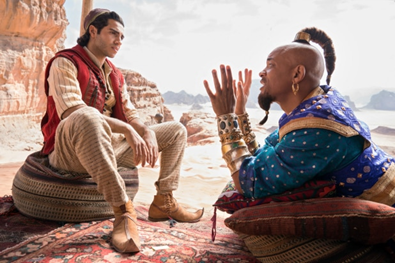
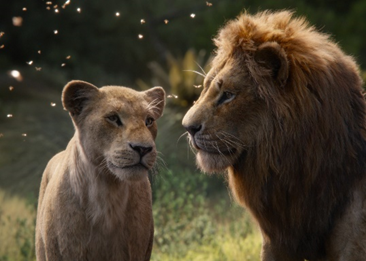


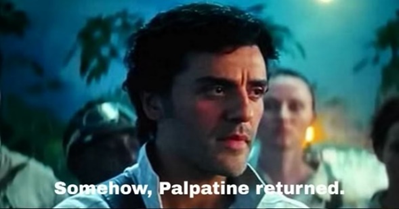









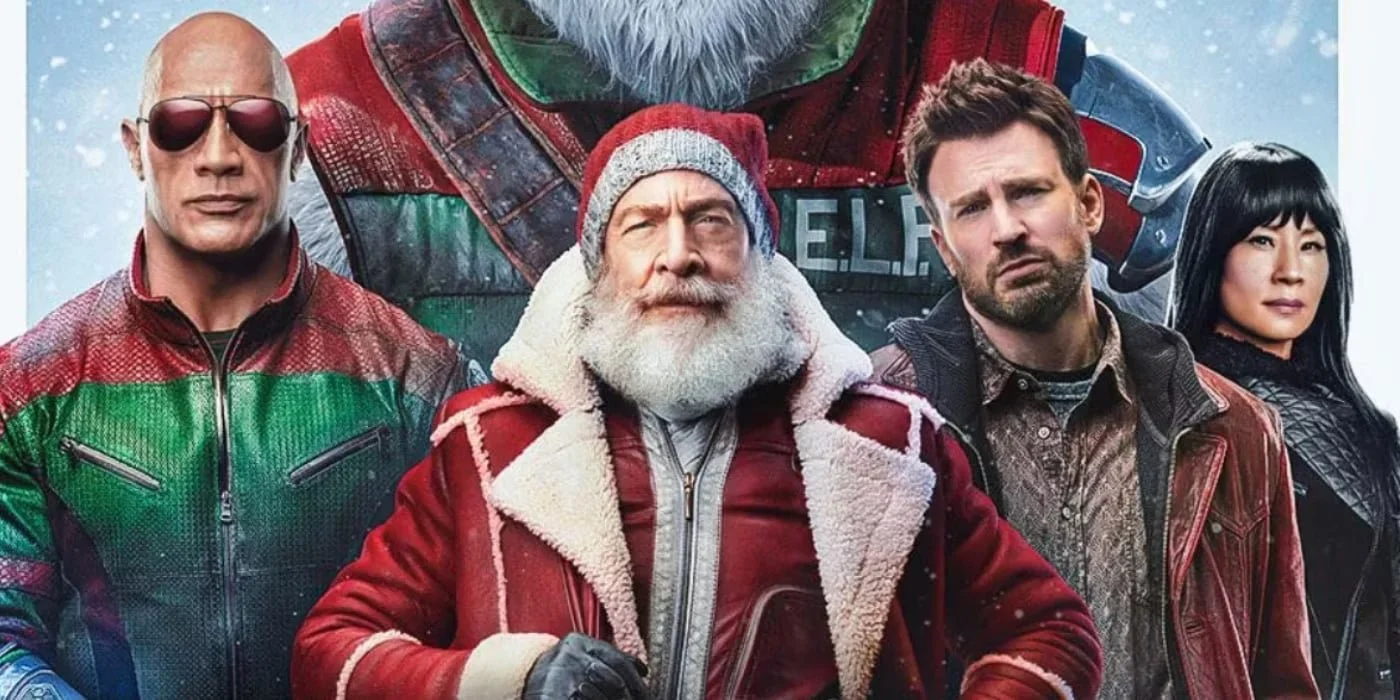



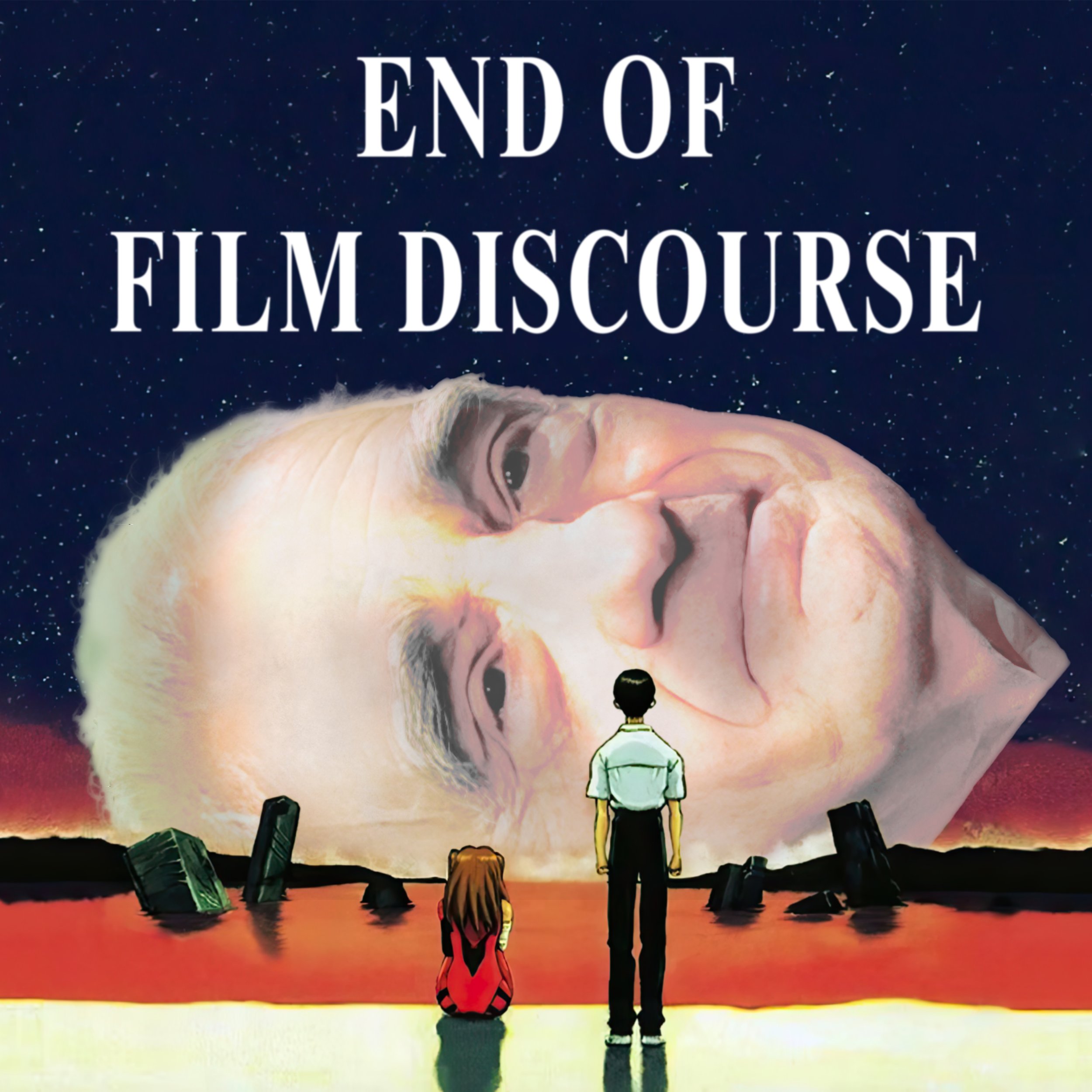


For the past several days, I’ve wondered how to approach the dismantling of Game Informer magazine, as well as its website and social media presence, by GameStop management. After 33 years of publishing, the entire editorial and design team was laid off on Friday, August 2, and the website was gutted and turned into a single landing page. While the demise of yet another pillar of print publications in the video game space is not unexpected news in this era of the internet, I’d still like to take a look back at Game Informer’s history, what it means to me, and how much it meant to the industry at large.